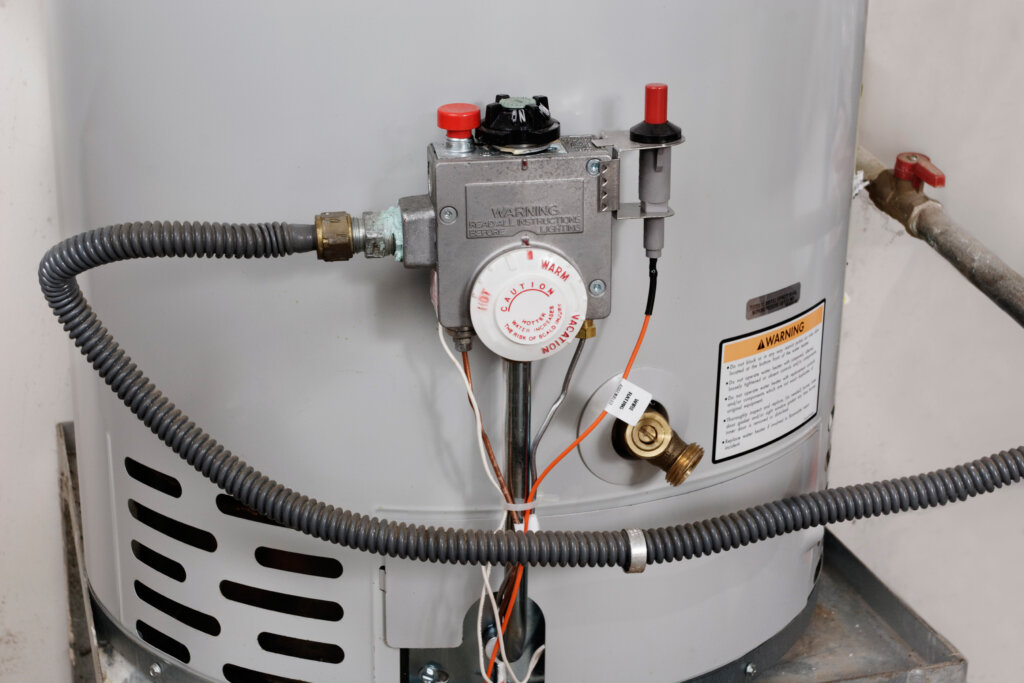We turn on the faucet or shower and expect hot water to flow within a few seconds. But when the water is cold and shows no signs of warming up, there may be an issue with the water heater. If you have a gas water heater, here are a few signs it needs repair.
- Issues with water temperature
If the water temperature is too high or too low, the first thing you should do is adjust the thermostat on the water heater. If that doesn’t resolve the issue, flush the water heater to remove any sediment build-up inside the tank that could be causing a blockage.
A broken or damaged water heater dip tube can also cause problems with water temperature and need to be repaired or replaced. Consider checking the pilot light to see if it’s on and the gas line valve to see if it’s opened. The pilot light may need to be relit.
- Dirty, rusty, or discolored water
Rusty water may be caused by a corroded anode rod that may be replaced in some cases. But in other instances, the entire tank will need to be replaced.
If the water is just dirty or discolored, without any rust, then the cause is likely scale build-up from heavy minerals like magnesium and calcium. Flushing the water heater will typically address this problem. Investing in a water softener can help prevent this problem in the future.
- Foul water odor
A sewage smell can indicate bacteria growth in the water tank, requiring thorough flushing of the tank. You may also need to replace the anode rod to address corrosion and eliminate anaerobic bacteria.
If the water smells like sulfur, the pilot light may have gone out and need to be relit. If, however, the smell is very strong, there may be an issue with the gas line. In this case, you’ll need to turn off the gas water heater and call Tucker Hill and the gas utility company for professional service.
- Leaking tank
Leaks in the top of the water heater tank are likely caused by loose or defective valves that will need to be tightened or replaced. But if the leak is coming from the bottom of the tank, then the cause may be corrosion. In this case, the entire tank will need to be replaced.

